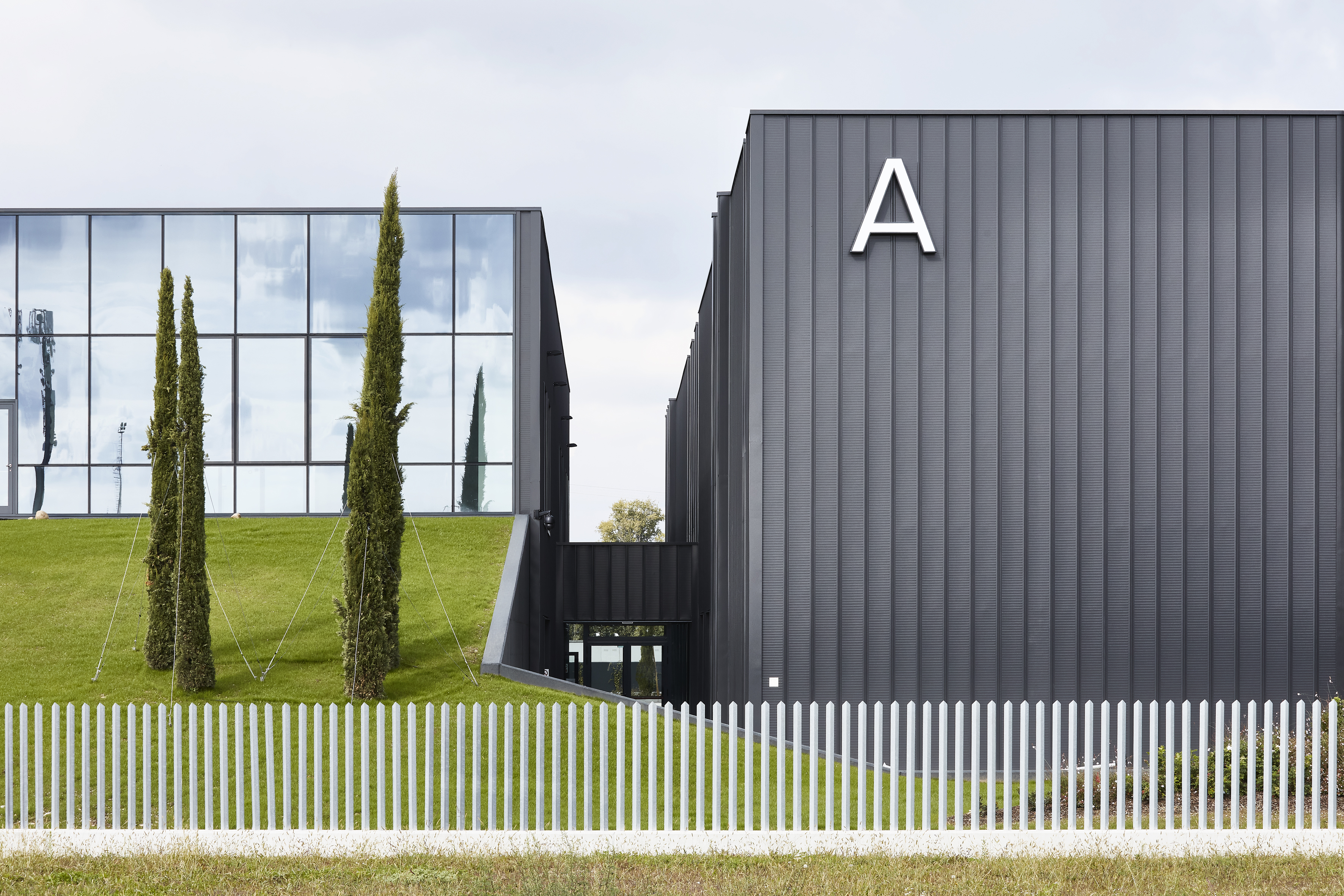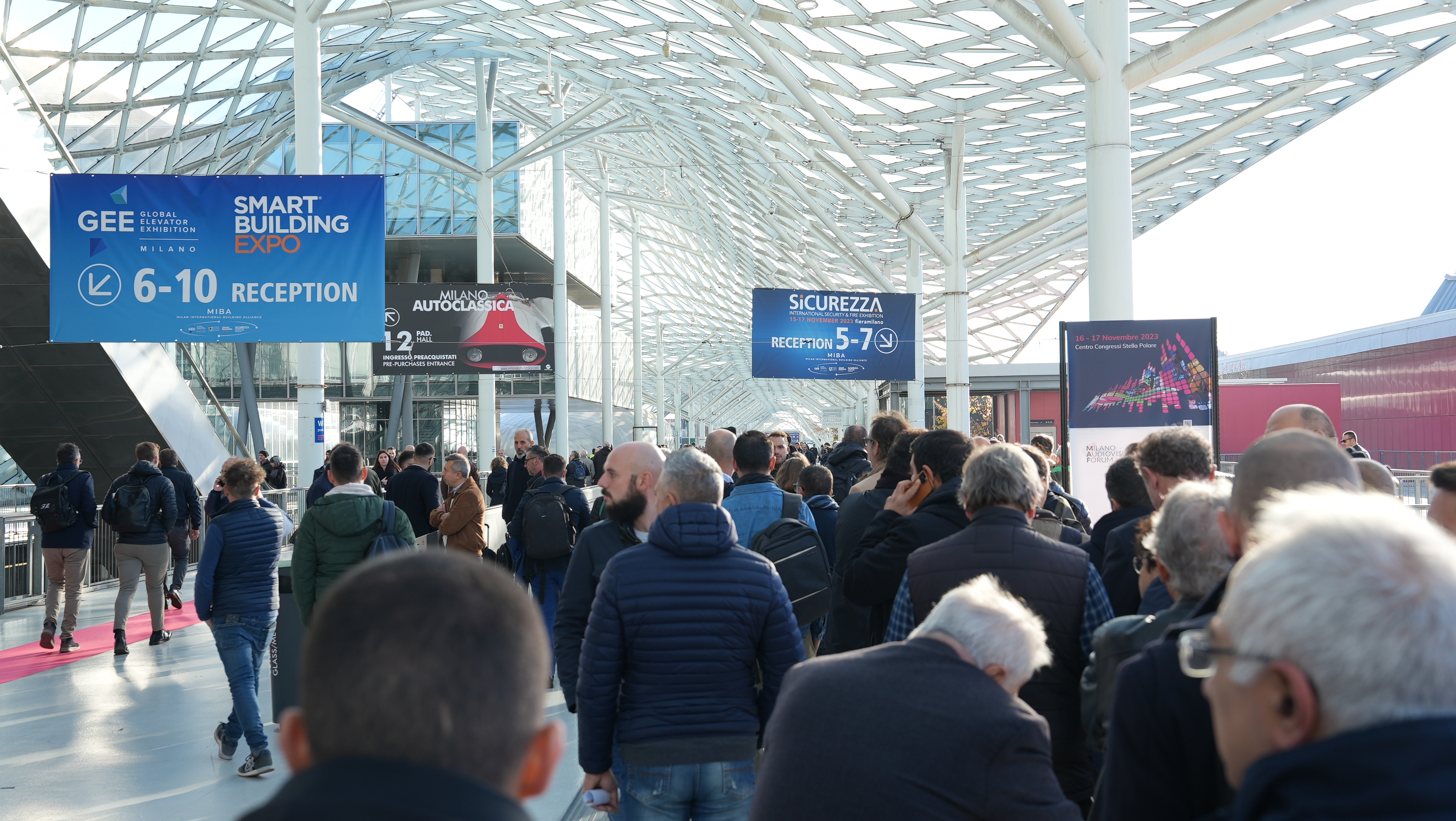In the retail and large distribution sector, criminal threats and operational inefficiencies can represent not only security risks for customers and employees, but also substantial losses of inventory. Therefore, the continuous evolution of lifestyles, consumption, and sales operations makes the management of Security in these contexts even more complex, especially in supermarkets, in the DIY world and in the clothing sector, where small, easily resaleable items are sold; or in display areas dedicated to high-value or fragile objects, where the risks, in addition to theft and shoplifting, are also linked to perishability or breakage due to handling.
To improve security and prevent inventory shortages, the retail world now has several strategies as well as technologies available for implementation. In any case, the best measure is a cross-cutting approach, incorporating various tools and expedients that are complementary to each other, but at the same time equally effective and indispensable.
Thus, a combination of solutions should be considered, ranging from anti-shoplifting barriers, door seals and doormen, to video surveillance.
According to the latest report by Crime&Tech, a university spin-off of the research centre Università Cattolica del Sacro Cuore-Transcrime, the most popular security measures for protecting stores are video surveillance (97% of companies), door seals and emergency exit controls (90%), anti-shoplifting barriers (87%), doorman or concierge services (84%) and third-party managed alarm systems (84%). At the same time, individual product protection solutions are adopted, in a targeted mix: in-store anti-shoplifting labels (83% of companies), closed shelves (54%) and source-applied anti-shoplifting tags (48%).
It follows that the retailer's weapon is to combine several options and at the same time to team up, cooperating with others in the sector, identifying virtuous synergies and best practices, also in view of the opportunities offered by new technologies and artificial intelligence - think for example of facial recognition and intelligent access control.
In the presence of such hybrid modes, after all, synchronisation between IT and security departments is necessary, as well as investment in IT protection of one's own systems and data - after all, with strong momentum after the pandemic, the retail sector is now almost entirely online.
Therefore, from this reflection communication and collaboration between several parties in a supply chain perspective, especially in the world of Security, as well as investment in personnel training or the creation of dedicated teams, become key: an objective that has always been at the heart of SICUREZZA.







